So you received the PPP funds you applied for… now what? You need to determine how to account for the loan, and accounting standards impact financial statements differently. Wegmann Dazet’s Brandon Sekinger explains.
As of August 8th, the Small Business Administration reported lending over $500 billion to over five million businesses across the U.S. as part of its Paycheck Protection Program (PPP). Following June 30th, a common fiscal year-end for many not-for-profits and some for-profit businesses, entities that are required to produce financial statements might be asking how to report these funds properly on their books. Depending on which accounting standard is applied, financial statements will vary significantly; therefore, careful consideration should be given to each option.
While PPP proceeds are considered a loan from the government, portions or all of the loan can be forgiven if certain criteria are met. Although the requirements have frequently changed, they have included maintaining employee headcounts, limits on salary reductions, and only using funds for certain expenses such as payroll, rent/mortgage, utilities, etc. This forgiveness aspect of the PPP loan could lead some recipients to consider accounting for the proceeds as a grant or a contribution from the government rather than as a loan.
The AICPA recently issued a Technical Questions and Answers update (TQA 3200.18) that addressed these questions. The TQA offered four options for entities to account for their PPP loan:
- FASB ASC 470, Debt
- FASB ASC 958-605, Not-for-Profit Entities: Revenue Recognition
- IAS 20, Accounting for Government Grants and Disclosure of Government Assistance
- FASB ASC 450-30, Contingencies: Gain Contingencies
FASB ASC 470
A logical option for many entities is to account for the proceeds by applying ASC 470 Debt. Under this model, a loan liability is recorded upon receipt of the funds and remains a liability until the loan is either paid back or forgiven. Interest also accrues on the loan. Once the loan is forgiven or is paid off, the liability is reduced, and a gain on extinguishment is recorded in the amount forgiven. For most entities, because the loan remains on the books as a liability until the loan is legally forgiven, these entities may find they have more debt at the end of a reporting period if their loans are still in the process of being legally forgiven by their lender/SBA.
FASB ASC 958-605
Entities that believe they’ll meet all the forgiveness qualifications of the PPP loan may find it more applicable to apply FASB ASC 958-605 and record the PPP funds as a conditional contribution instead of debt. Under normal circumstances, the scope of this standard specifically excludes transfers of assets from government entities to business entities. However, the TQA states that if a for-profit business expects to meet the PPP’s eligibility and loan forgiveness criteria, this standard can be applied.
ASC 958-605 provides guidance on how a not-for-profit (NFP) accounts for contributions of cash and other assets, including cancellation of liabilities and conditional contributions. If an entity chooses to apply the NFP standard, the initial PPP cash inflow is recorded as a refundable advance similar to deferred revenue, instead of recorded as a loan liability. The contribution then is recognized over time once the conditions of release are substantially met or explicitly waived. It is important to note that just exactly when conditions are “substantially met” must meet certain thresholds and can be subject to significant judgement.
The TQA also states that if a NFP entity expects to meet the eligibility requirements for forgiveness and elects not account for its PPP relief as debt under ASC 470, it should apply ASC 958-605 and should account for the funds as a conditional contribution.
IAS 20
Similar to ASC 958-605, International Accounting Standard (IAS) 20 outlines a model to account for forgivable loans along with other forms of government assistance. The initial inflow of funds are recorded as deferred income; once there is reasonable assurance that the criteria for forgiveness have been met, the entity records the earning impact “on a systematic basis over the periods in which the entity recognizes as expenses the related costs for which the grants are intended to compensate.” The earnings impact, which offsets the reduction of the liability, would be presented on the income statement either separately or under a general heading such as “other income” or as a reduction of the related expenses.
FASB ASC 450-30
ASC 450-30 is a gain contingency model that some business entities follow when accounting for certain grants. Under this model an entity records the initial inflow of PPP funds as a liability. A gain contingency is only recognized on the income statement once all contingencies related to receipt of the assistance have been met and the gain is realized or realizable. Like ASC 470, this means that the liability remains on the books until all criteria of forgiveness are met. Earnings therefore are recognized at a point in time instead of over time. In comparison to other applicable standards, ASC 450-30 does not provide as specific of guidance as it relates to the recognition, measurement, and disclosure required to account for the PPP loan.
CONCLUSION
As additional fiscal year-ends approach, more entities will have to decide how they’ll account for their PPP funds. Depending on which accounting standard is applied, financial statements will vary significantly; therefore, careful consideration should be given to each option.
Entities accounting for the funds under ASC 958-605 or IAS 20 will first have to consider the likelihood of meeting the forgiveness criteria and then must also determine when those conditions are met in order to properly recognize the funds on the income statement. If applying one of these standards, businesses likely will find they’ve recorded more income in a reporting period than originally budgeted.
Certain entities may be more conservative in their accounting policies, or some businesses may be uncertain of their ability to meet the forgiveness criteria. These entities may hesitate to record earnings on PPP funds that they might end up having to pay back and therefore record a loan liability under ASC 470. These entities would defer any earnings impact to a future period when criteria is met and forgiveness is certain. Interest will also have to be accrued on the PPP loan recorded. Entities should also consider compliance with any debt covenants they are subject to – with the additional debt recorded they may be in violation of these covenants.
Finally, regardless of which accounting standard is applied, adequate disclosures are critical for entities to explain how they account for their PPP relief. Each standard provides required disclosures to help financial statement users understand the interpretations and considerations of the accounting standard applied.
The PPP loan program has provided needed relief to many businesses during the economic disruption caused by the pandemic. In doing so, it has forced the question of how properly to account for such relief. Entities must evaluate their own unique circumstances and carefully consider how they choose to account for their PPP relief funds.
Call Wegmann Dazet to help account for PPP relief funds on your financial statements!
- Preparing to Sell Your Business - March 27, 2023
- W-2 Employees or 1099-NEC Contractors? What are the Pitfalls if you Misclassify? - November 3, 2021
- Casualty Loss Summary - October 12, 2021


